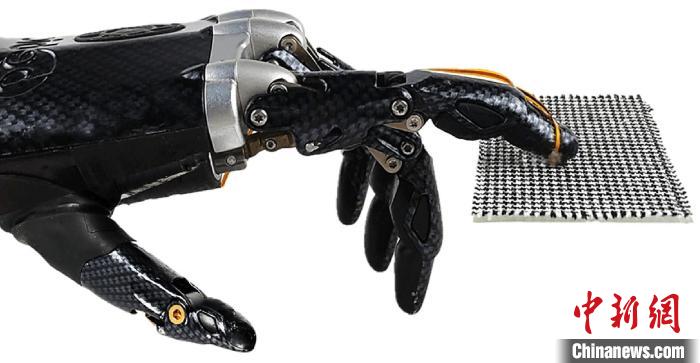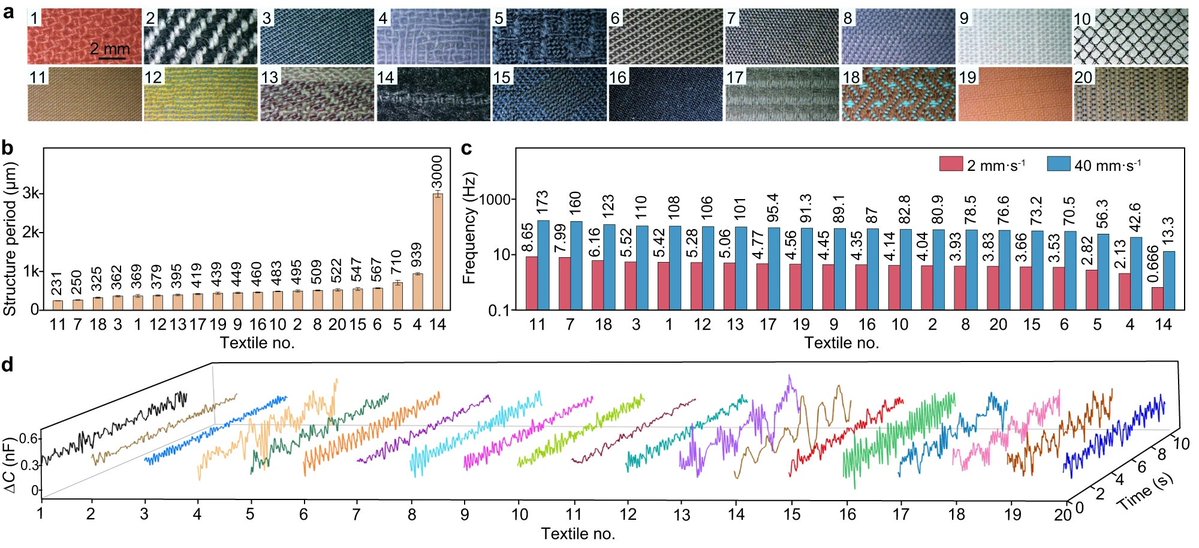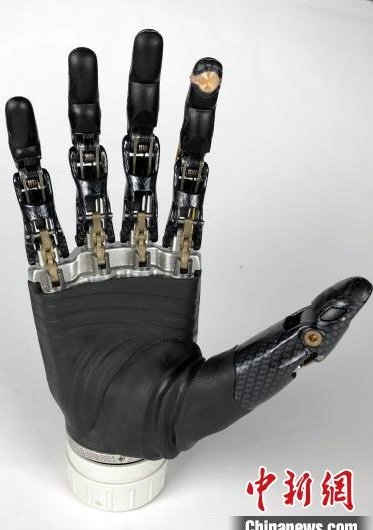Shanghai Institute of Optics and Mechanics has developed the world’s largest ~2m seamless pulse compression grating
Recently, Shanghai Institute of Optics and Mechanics has successfully prepared an ultra-large-diameter ( 1620mm × 1070mm ) seamless pulse compression grating. The area of this diameter is 2.9 times that of the largest similar grating element known in the world. The pulse compression grating is the core component of the ultra-powerful and ultra-short laser device. It has the dual functions of narrow pulse width and transmission energy load. Its aperture size is proportional to the output flux of the laser device. The existing international grating manufacturing technology can no longer meet the development needs of ultra-strong and ultra-short laser technology from tens to hundreds of petawatts per channel.
This breakthrough in grating technology is based on our internationally pioneered ultra-large-aperture reflective single static exposure technology. Since 2018 , Shanghai Institute of Optics and Mechanics has given full play to its technical advantages driven by the demand for high-power laser components, processing, testing and large equipment, and has successively made breakthroughs in large-diameter high-precision off-axis parabolic mirror processing and surface defect detection and suppression, exposure environment A series of key technologies include stable control of temperature flow field, regulation of large-aperture interference light field, uniform preparation of large-area photoresist nano-coating, and high-precision exposure and development monitoring. The ultra-large size seamless pulse compression grating produced based on the above series of technologies has an average efficiency higher than 93% @ > 200nm bandwidth. Key indicators such as mask height, groove shape, uniformity and complex effect are in line with expectations, proving that our institute has In terms of engineering capabilities, we have mastered the only way to achieve it in the world and achieved China's international leadership in this field. The technological breakthrough at this stage not only solves the main technical bottleneck for single-channel 100-petawatt or even watt-level ultra-powerful and ultra-short lasers, but also provides guarantee for the large-scale construction of my country's ultra-powerful and ultra-short laser devices.
This research was supported by the National Key R&D Plan, the Shanghai Strategic Emerging Industry Major Project, and the Chinese Academy of Sciences’ major scientific research instrument development projects. The above series of technological breakthroughs were supported by Dalian University of Technology, Tsinghua University, Changchun Institute of Optics and Mechanics, and Jiangsu Leibo Scientific Instrument Co., Ltd. The important support and collaboration between the company and Suzhou Hongce Optoelectronics Technology Co., Ltd.





